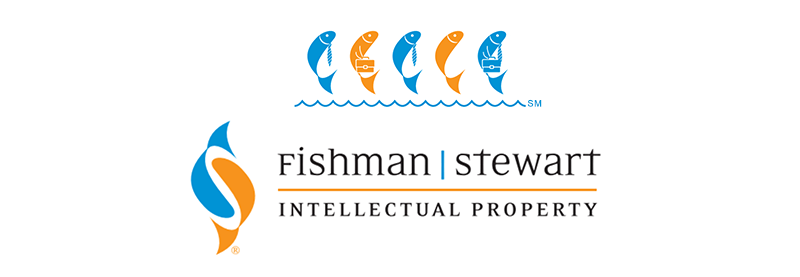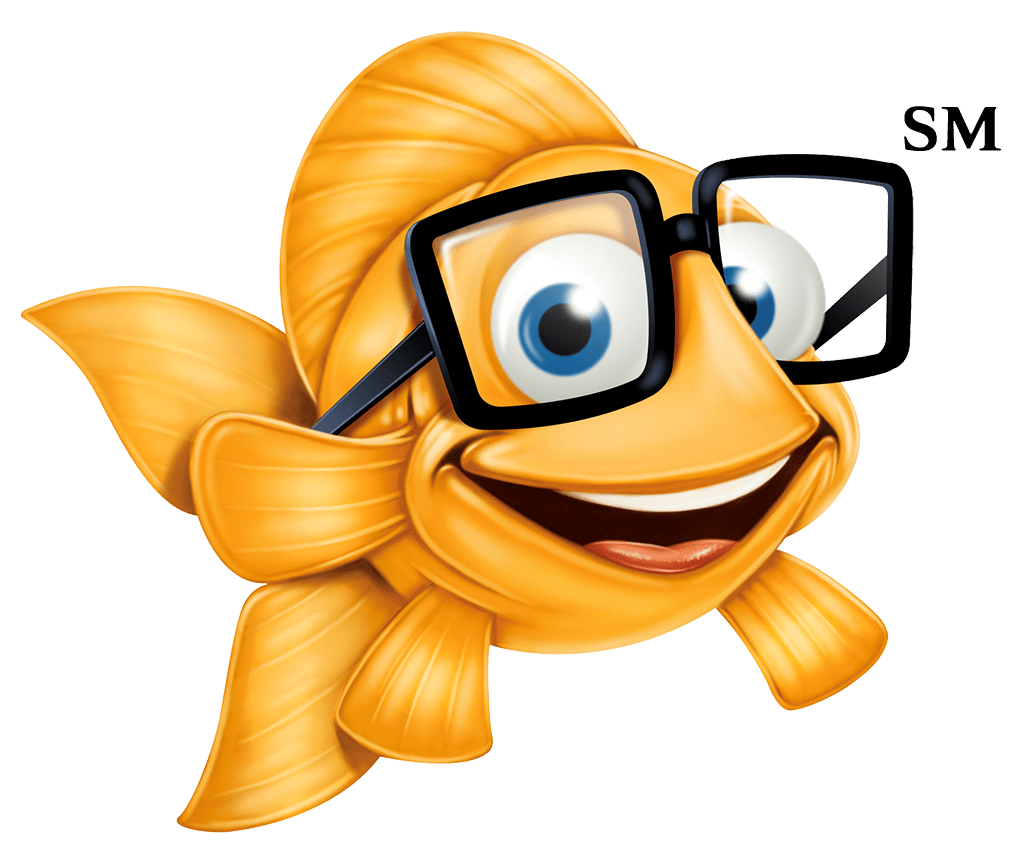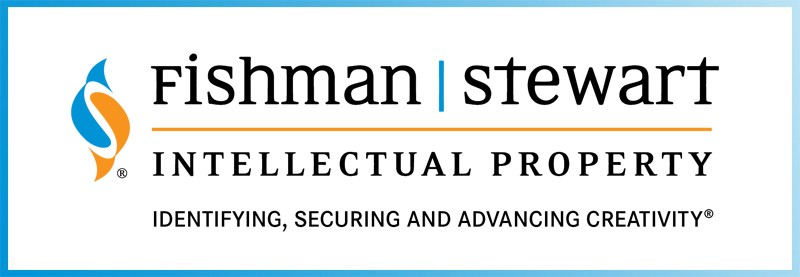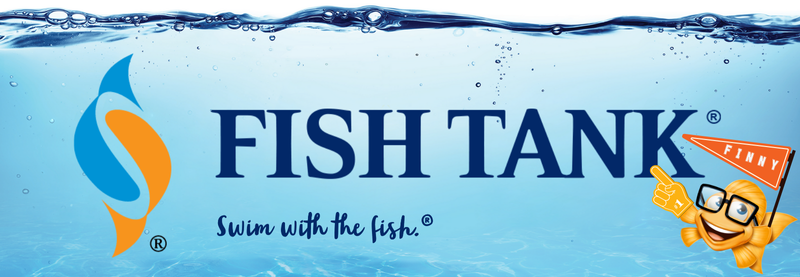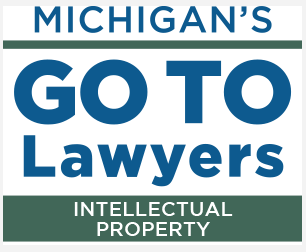Intellectual Property Insights from Fishman Stewart PLLC
Newsletter – Volume 25, Issue 7
Share on Social
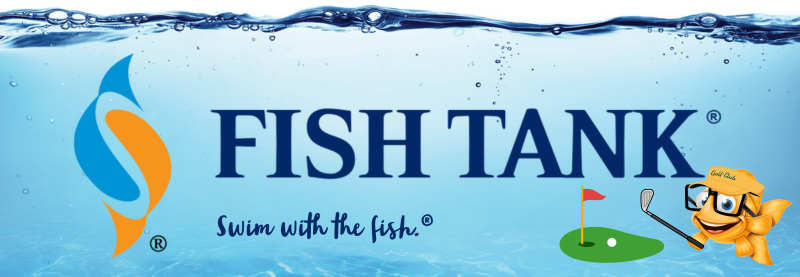

Innovation vs. Imitation: L.A.B. Golf’s Challenge Against Legacy Brands
Over the past few years, L.A.B. Golf has gained significant traction among both professional and recreational golfers. With its signature Lie Angle Balance (L.A.B.) technology, the brand has seen notable success on major tours, including victories by professionals Adam Scott and Lucas Glover. Conventional putters are either face-balanced or include some degree of toe-hang. In contrast, L.A.B. putters are designed with zero-torque balance—once set in motion, the putter naturally stays square to the path, requiring minimal manipulation. Amongst other notable golf professionals using L.A.B. Golf technology are Ricky Fowler, Will Zalatoris, Phil Michelson, and Dustin Johnson.
A popular L.A.B. Golf putter model is the DF3, shown below (as recently used by Ricky Fowler and JJ Spaun).
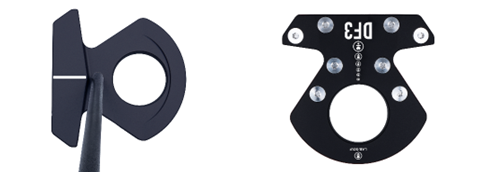
Similar to other significant club innovations in the past, competitors have taken note of the technology behind L.A.B. Golf’s success—particularly its zero-torque component. Despite the challenges of entering a market dominated by legacy brands, L.A.B. Golf has experienced tremendous success, prompting larger putter companies to watch and wait for an opportunity to capitalize.
L.A.B. Golf aims to protect its innovations, and therefore its market position, owning three patents for its zero-torque design. The company filed its first patent application in April 2013 (US 9,233,280), followed by two additional patents in March 2014 and March 2016 (US 8,932,148 and US 12,011,640). These patents protect the core elements of L.A.B. Golf’s technology and could serve as a legal safeguard against competitors replicating its innovative design.
The question now is whether L.A.B. Golf can withstand the wave of copycat designs.
One of L.A.B. Golf’s biggest competitors, Odyssey, has responded by attempting to enter the zero-torque putter market. Originating from one of the most dominant putter brands among professional golfers, a recent leak revealed an Odyssey model that appears to share many common features with the L.A.B. Golf DF3 putter.

Odyssey is owned by Topgolf Callaway Brands Corp., a billion-dollar golf company that holds a 32% market share of putters used on the world’s five major professional tours combined. Not only is the tour putter market difficult to penetrate, but now the largest supplier of professional putters may be developing its own low-torque design, raising concerns about potential competition and patent infringement.
It remains to be seen whether Odyssey’s low-torque model infringes on L.A.B. Golf’s patents. However, even if L.A.B. Golf successfully prevents Odyssey from manufacturing and selling similar technology, the long-term outlook suggests that low/zero-torque putters will inevitably become widespread. Once L.A.B. Golf’s patents expire in 2033, other brands may introduce their own versions of this groundbreaking technology—just as we are already beginning to see with Odyssey.
L.A.B. Golf has carved out a niche with its zero-torque innovation, but its ability to sustain market leadership will depend on how well it can defend its intellectual property and continue innovating in the face of increasing competition.
Greg is an Associate with Fishman Stewart PLLC. Intellectual property law became Gregory’s focus due to its unique blend of creativity, innovation, and legal intricacies. Protecting the rights of creators, inventors, and businesses allows him to be at the forefront of promoting progress and innovation in various industries.
Related Content from Fishman Stewart
People have long pondered whether or not the Giza pyramids were indeed solely burial chambers, which was the only known, and archaeologically determined, use—until now.
By 1930, efforts began in New York to replace Mother's Day with Parent's Day because men were more than just breadwinners. Those efforts didn't catch on, probably because in that era, women often spent more time in the home.
In February, Nike and Skims announced that they will be working together on a new brand, NikeSkims. The co-brand will create a new line of training apparel, footwear, and accessories specifically designed to meet the unique needs of women athletes.
Generally, federal courts have exclusive jurisdiction over copyright cases, and often, this presents an insurmountable paywall for individual artists and small businesses to vindicate their rights, especially where the value of the individual copyrighted works are relatively low.
Dedicated to raising public awareness about the importance of encouraging innovation and creativity throughout the world, the World Intellectual Property Organization (WIPO) annually observes World Intellectual Property Day on April 26 to showcase the role that patents, trademarks, industrial designs, copyrights and trade secrets play in our everyday lives.
Hold onto your foam fingers, sports fans – college sports just got a whole lot more interesting! The latest updates to Name, Image, and Likeness (NIL) rules are making student-athletes bigger than ever, and it’s not just about the game anymore.
Did a federal court in Louisiana recently decide that US copyrights are global rights? It seems so.
One of his most famous songs, “Lose Yourself” was recently at the center of a lawsuit. In 2019, Eminem’s publishing company Eight Mile Style sued Spotify claiming that Spotify streamed a number of its musical compositions without proper licenses.
One of the most common challenges is whether AI should be free to train on data that is protected by copyright and owned by third parties without first obtaining permission.
The U.S. Copyright Office (USCO) recently published its latest report on AI and “copyrightability.” In short, the USCO considers only some AI-generated works to be sufficiently creative as to deserve copyright protection, and thus, registration.
IDENTIFYING, SECURING AND ADVANCING CREATIVITY®
